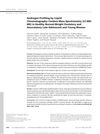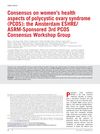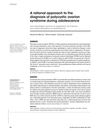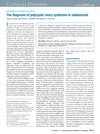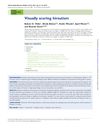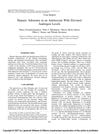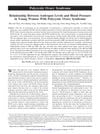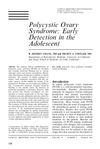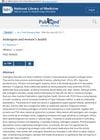Diagnosis and Challenges of Polycystic Ovary Syndrome in Adolescence
April 2014
in “
Seminars in Reproductive Medicine
”
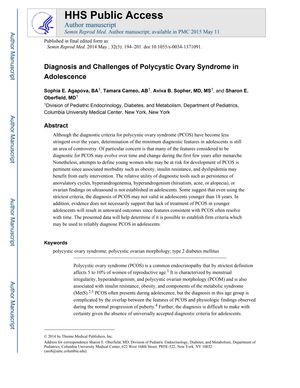
TLDR Diagnosing PCOS in teenagers is hard because its symptoms often look like normal puberty, and there's a need for better diagnosis methods and agreement on criteria.
The document reviewed 73 studies on the diagnosis of Polycystic Ovary Syndrome (PCOS) in adolescents, highlighting the diagnostic challenges due to the overlap of PCOS symptoms with normal puberty signs. It discussed the use of different diagnostic criteria, such as those from the NIH, Rotterdam, and AES, and the difficulties in assessing hyperandrogenism, menstrual irregularity, and polycystic ovarian morphology (PCOM) in adolescents. The review pointed out that while hirsutism is a useful marker, biochemical hyperandrogenism might be more reliable, and that menstrual irregularity persisting two years post-menarche could indicate PCOS. It also noted the limitations of transabdominal ultrasound in evaluating PCOM in virginal adolescents and the potential of anti-Müllerian hormone as a surrogate marker. The document reported a high prevalence of obesity in adolescents with PCOS and the association with metabolic abnormalities, suggesting lifestyle changes and weight loss as primary treatments, with metformin and oral contraceptives as secondary options. The review concluded with a call for consensus on diagnostic criteria and further research due to the risks of premature diagnosis and the need for reliable diagnostic methods.
